The route
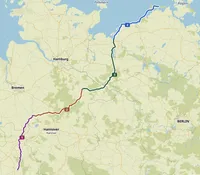
- Paderborn to Landesbergen, 127 km, 876 m up
- Landesbergen to Bad Bevensen, 150 km, 546 m up
- Bad Bevensen to Wismar, 155 km, 804 m up
- Wismar to Zingst, 132 km, 537 m up
Day 1, Paderborn to Landesbergen
The route starts in Paderborn and goes through Detmold, Lemgo, and Minden, ending in Landesbergen. My initial plan is to ride 10 km further to Nienburg, but the Mühlengasthof Landesbergen looks inviting to stay for the night, therefore I cut off the route at 127 km for the day.
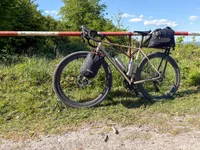
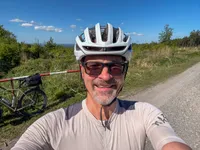

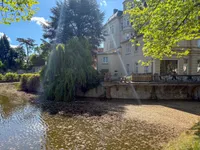
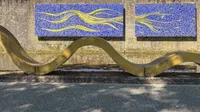
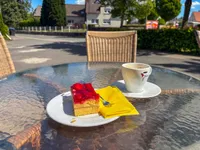
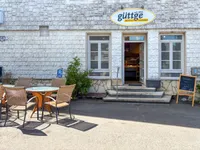
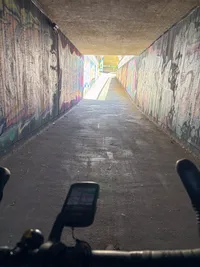
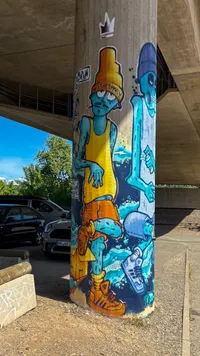
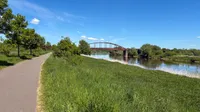


Day 2, Landesbergen to Bad Bevensen
The second day takes me eastward across long stretches of the Southern Heath, below of the Lüneburger Heath. I enjoy riding over the sandy soil through the rather remote landscape. Destination for the day is Bad Bevensen.
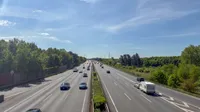
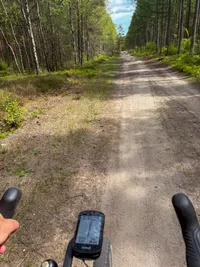
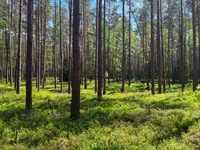
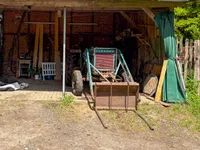
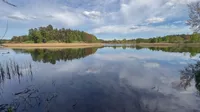
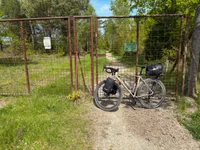
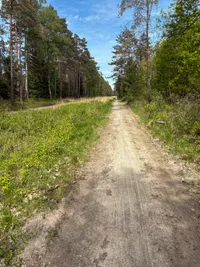

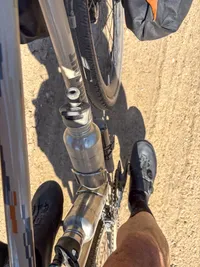
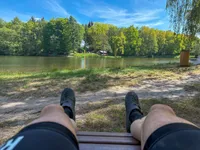
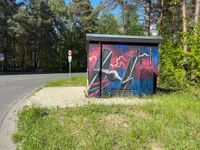

Day 3, Bad Bevensen to Wismar
The third day brings me north, through Naturpark Wendland, Dannenberg, Ludwigslust, then Schwerin, ending in Wismar. I feel the route is long and not varied, with the exception of the part from Schwerin to Wismar, which goes along Lake Schwerin and is beautiful.
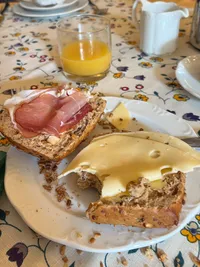

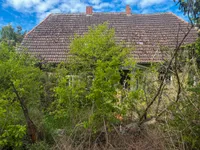
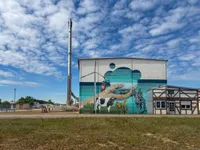
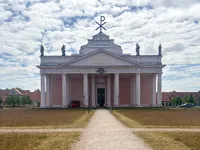
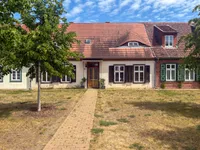
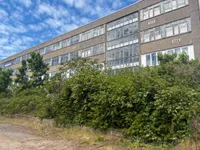
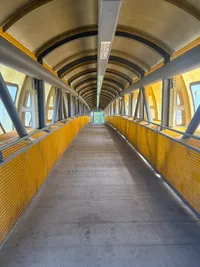
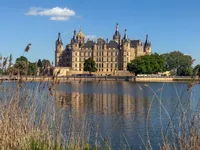
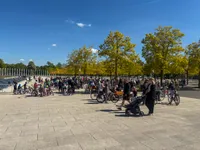
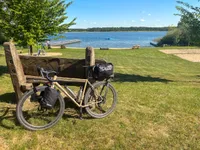

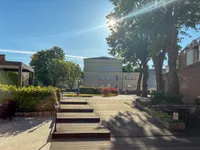
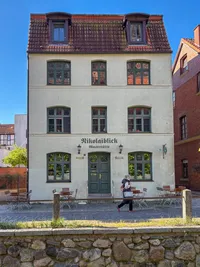

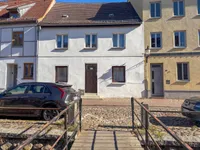
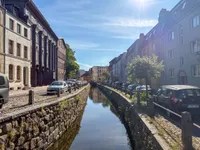
Day 4, Wismar to Zingst
The last day of this journey starts on a chilly but sunny morning in Wismar. From there I ride in eastern direction along the coast of the baltic sea, passing through Kühlungsborn, Heiligendamm, Warnemünde (where I make a quick ferry crossing), then riding further through the Ribnitzer Moor, and finally arriving in Zingst.
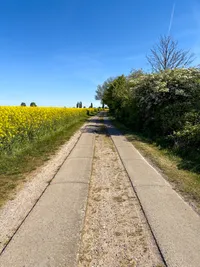
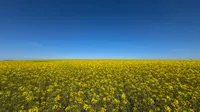
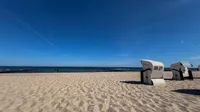
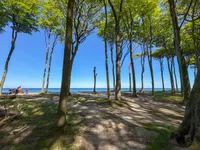
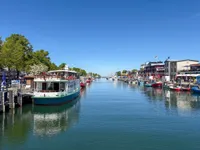
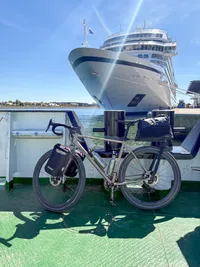
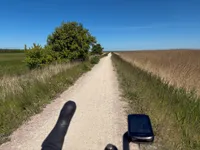
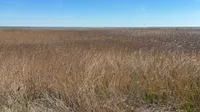
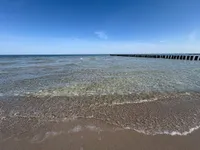
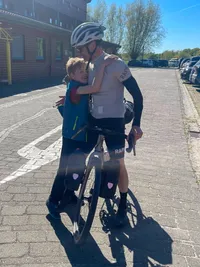
Equipment
A list of selected pieces of equipment that worked pretty well during the ride.
- Fairlight Secan 3.0: You might have spotted the bike in the pictures. It’s a steel frame gravel bike that I’ve been riding since the start of this year and I find it super efficient as well as practical. I´m a Fairlight fan for several years and this is my second Secan (with a 56 R frame). The bike is especially great for these kinds of rides because it’s sturdy and has mounting points to attach mud guards or packs. I ride a mechanical Shimano GRX 820 group – no charging required, flawless functionality, always prepared.
- Specialized Phenom Expert saddle: A great saddle. No seating issues whatsoever. It´s claimed to be a mountain bike saddle, but you can as well ride it on gravel and road race bikes, it´s so versatile.
- Ortlieb Fork-Packs: Whenever I have to pack something on this bike, it starts with the Ortlieb Fork-Packs. I like their minimal impact on the bike handling, which is because they are so deep on the front and because the storage capacity is limited to 5.8 l and 3 kg, each. They have a quick release mechanism for attaching them to the bike as well as detaching, which is overly practical when arriving somewhere to stay for the night. Because it´s Ortlieb you know they keep your items dry when it´s raining.
- Tailfin Pannier Rack Tailfin Aero Pack Cargo: For the current trip I had to pack more than what fits into the Fork-Packs. I ended up to solve this with the most expensive solution, a Tailfin Pannier Rack with an Aero Pack Cargo. I can assure you, when you are willing to pay the money you get an excellent rear packing system that is designed through and through. The rack is light and strong (I used the aluminium version), and it holds the attached pack without swaying by any means. The rack stands on a special thru axle so that it does not use the bike frame for taking the load. It is attached with a quick release system but I did not use that during the journey. The rolltop pack, similar to the Ortlieb Fork-Packs, can be attached and detached to the rack with another quick release system, which I used every day when arriving and when starting to ride. The rolltop closing mechanism of the pack itself is flexible and can be used with gloves. The expandable outer pockets allow to carry small or compressible items you want to have in short reach. The closing-straps are replaceable, as well as some parts of the rack. I cannot say anything about the waterproofness, because it did not rain during my journey, but I expect the pack is fine in this area too. I found this system to be very practical.
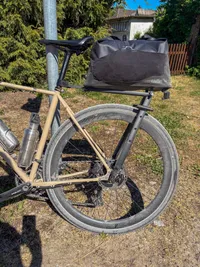
The Tailfin Rack stands on the thru axle and is attached with a quick release mechanism 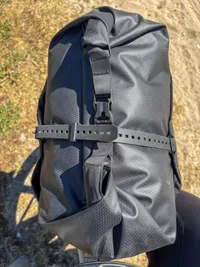
The rolltop closure of the Aero Pack Cargo at first doesn´t look fancy, but it works exceptionally well. You can adjust the volume of the pack and fixate gear under the crossing strap. - aerycs GCX Terra 40 wheels: They are hand-built near Hamburg. I have them with the DT-Swiss 350 hubs, which I think are excellent and reliable work horse hubs. The wheels are well built and I found they ride lovely.
Packing list
Route
- The routes for each day, downloaded to the Garmin Edge bike computer
- I did bookings for the first two nights in advance and the booking for the third night during the ride via booking.com.
Packing system
- Tailfin Pannier Rack
- Tailfin Aero Pack Cargo (18 l, plus 3 l pockets)
- Ortlieb Fork-Packs (5.8 l each)
- Foldable mini backpack for shopping food, if required. Did not use it.
Charging
- Garmin 530 Edge bike computer (Micro USB)
- Anker charging device with an USB-A and USB-C slot
- POLAR Plus Verity Sense heart rate sensor (USB-A adapter)
- Mobile phone (USB-C)
- Front light Lupine SL Mono (USB-C)
- Rear light Lupine Redlight (Micro USB)
- Charging cables:
- USB-C to USB-C for the phone and the front light
- USB-A to Micro USB for Garmin Edge and rear light
- Polar USB-A loading adapter for the Verity Sense heart rate sensor
Bike tech
- 2 spare inner tubes, butyl
- A spare shifting cable
- A pair of nitrile gloves
- Cable ties
- Chain oil (Oil of Rohloff)
- Chain lock
- 2 sets of Shimano brakepads
- Tire puncture repair kit with valve core and valve core removal tool
- Tire levers
- Minitool (Topeak Mini 18+)
- Air pump (Topeak Racerocket)
- Bike lock with key (Texlock eyelet, size M)
Eating and drinking
- 2 steel water bottles (Klean Kanteen)
- Small pocket knife (Leatherman Skeletool KB)
- Mountain mug (Berghaferl)
- Spork (Göffel)
- Muesli bars
- Chocolate bars
Clothing
On the bike
- Bike shoes
- Helmet
- 2 bike shorts
- Legwarmers
- 2 jerseys
- Armwarmers
- 2 base layer shirts
- Gilet
- Neck gaiter
- Lightweight wool beanie
- 2 pairs of wool socks
- Rain protection trousers
- Rain protection jacket
- Rain shoe covers
Off the bike
- 2 pairs of underpants
- Long-sleeved wool shirt (can be used on the bike, if required)
- Short-sleeved wool shirt (can be used on the bike, if required)
- Trousers with belt
- Shorts (can also be used for swimming)
- Thin isolating jacket (can be used on the bike, if required)
- Minimalist shoes
Personal
- Tooth brush
- Denttabs instead of toothpaste
- Dental floss
- Glasses with case
- Sun glasses
- Shaving soap
- Razor blades
- Shaving razor
- A piece of soap (I use the same piece for my hair, the body, and the laundry) with transport packaging
- Foldable washing bowl
- Clothespins
- Thin cord, e.g. to be used as clothesline
- 3 packs of paper tissues
- Nail scissors, nail clipper
- Sun protection
- Emergency blanket
- Band-aid
- Tick removal card
ID and money
- ID card
- Health insurance card
- Debit/credit card
- Cash
- House key, bike lock key